GMS Rehabilitation of the Railway in Cambodia (TA)
Sorry, we have no imagery here.
Sorry, we have no imagery here.
Sorry, we have no imagery here.
Sorry, we have no imagery here.
Sorry, we have no imagery here.
Sorry, we have no imagery here.
Sorry, we have no imagery here.
Sorry, we have no imagery here.
Sorry, we have no imagery here.
Sorry, we have no imagery here.
Sorry, we have no imagery here.
Sorry, we have no imagery here.
To navigate, press the arrow keys.
Details
|
Project |
37269-012 |
|
Related Projects |
Search |
|
Type |
TA |
|
Sector |
Transport |
|
Country |
Regional |
|
Start |
2005 |
|
End |
2007 |
|
Status |
Closed |
|
Last Edited |
05 Jul 2021 |
Project Description
The objectives of the project are: (i) to support integration of Cambodia into the regional railway network in the western GMS by providing railway access to Thailand; (ii) to increase the efficiency of transport services within Cambodia and to its neighbors by providing efficient alternative routes and modes of transport for Cambodia's import and export trade; (iii) to reduce the cost of road maintenance and traffic risks by transferring heavy and dangerous cargo to a safe and reliable railway system; and (iv) to pave the way for further subregional integration in the future by facilitating achievement of the Singapore-Kunming railway link.
Progress
(as of March 2021)
Project closed
News and Multimedia
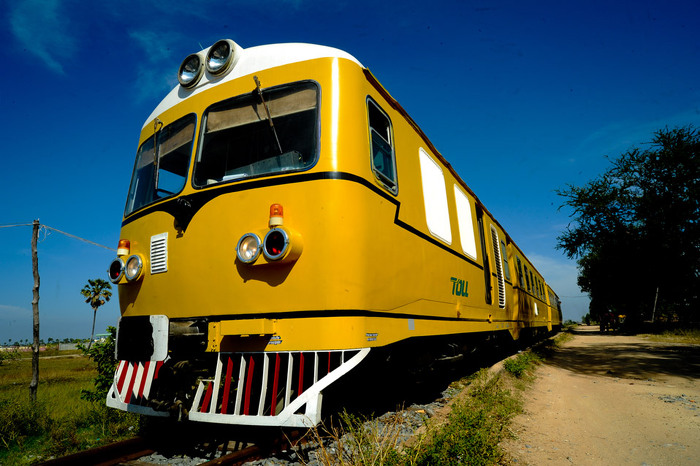
Cambodia has revived an old rail network to spur the country's economic development and bring the region a step closer to having a pan-Asian railway.
Source: http://www.adb.org/news/photo-essays/moving-better-lives-cambodia
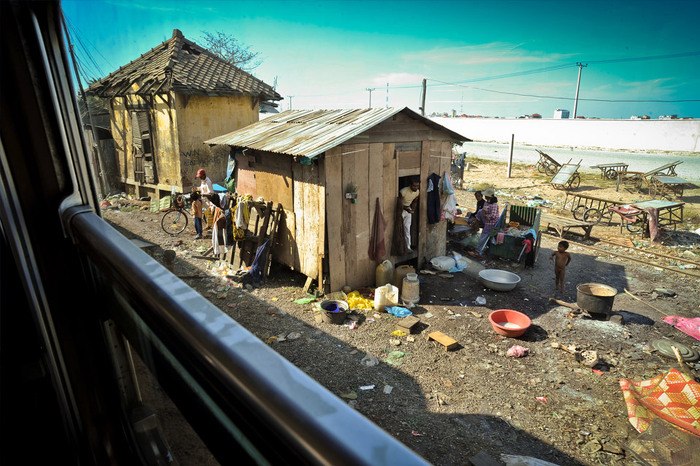
People living very close to the railway need to relocate as they are in constant danger from passing trains.
Source: http://www.adb.org/news/photo-essays/moving-better-lives-cambodia
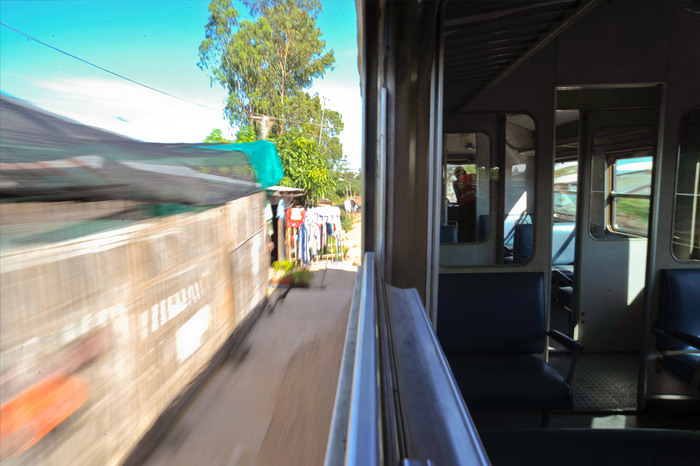
Many of informal settlers at risk live within 3.5 meters of the tracks. Furthermore, they've been living in areas without legal access to electricity and potable water.
Source: http://www.adb.org/news/photo-essays/moving-better-lives-cambodia
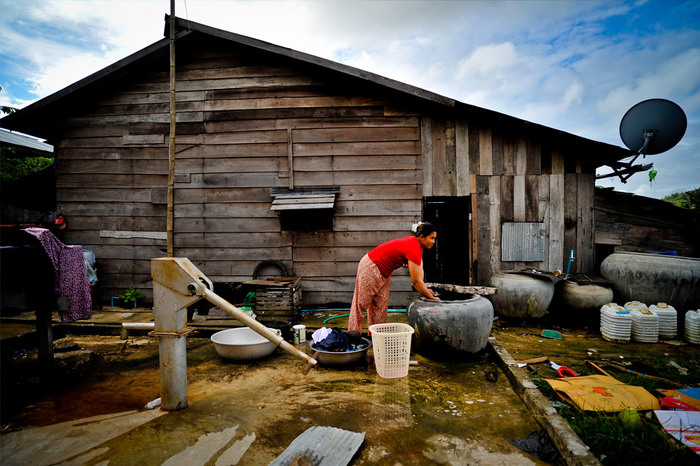
Former informal settlers now live in a house, larger than the shacks they left behind, and have electricity and a toilet.
Source: http://www.adb.org/news/photo-essays/moving-better-lives-cambodia
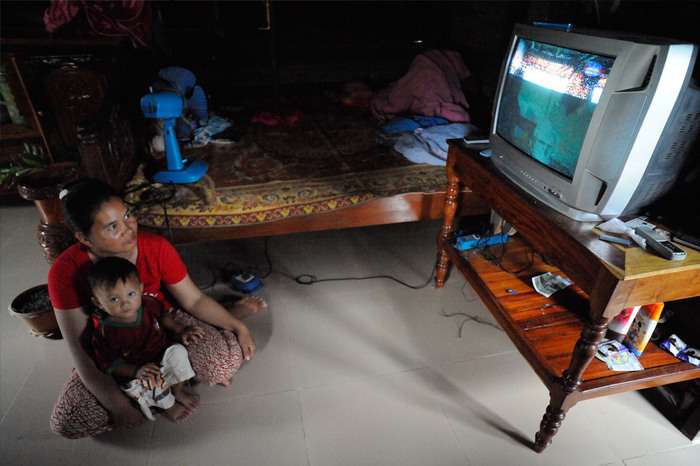
Former informal settlers now live in a house, larger than the shacks they left behind, and have electricity and a toilet.
Source: http://www.adb.org/news/photo-essays/moving-better-lives-cambodia
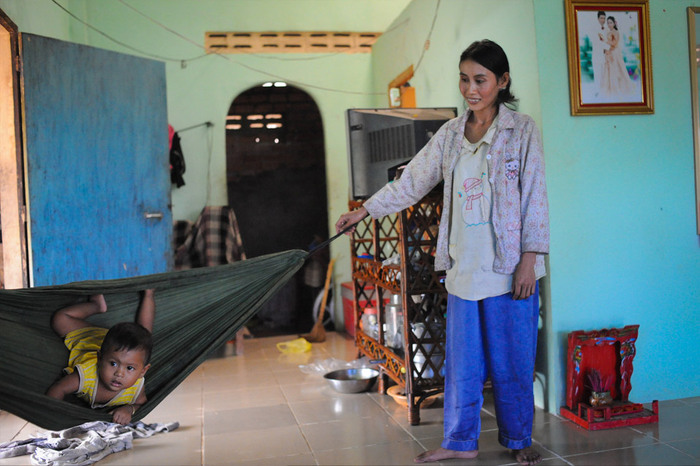
"I left school at seven and started working in the rice fields. I've never had much money. I never thought I would ever own land." - Hong Chan, project beneficiary.
Source: http://www.adb.org/news/photo-essays/moving-better-lives-cambodia
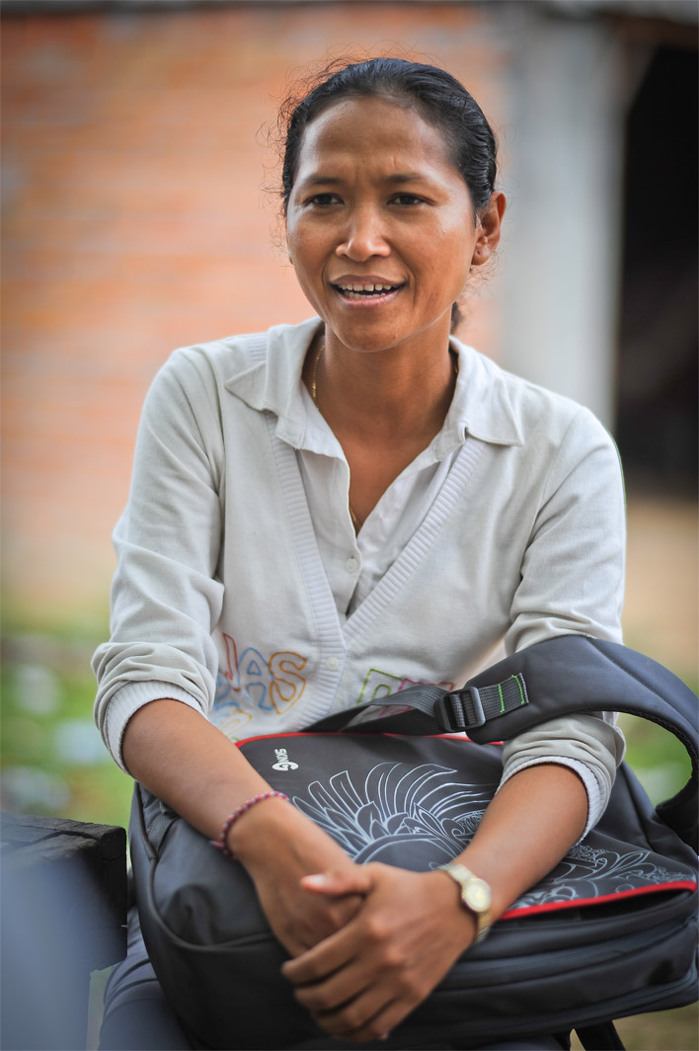
Ke Bopha, a sociologist from Phnom Penh who runs livelihood programs in three of the project's five relocation sites.
Source: http://www.adb.org/news/photo-essays/moving-better-lives-cambodia
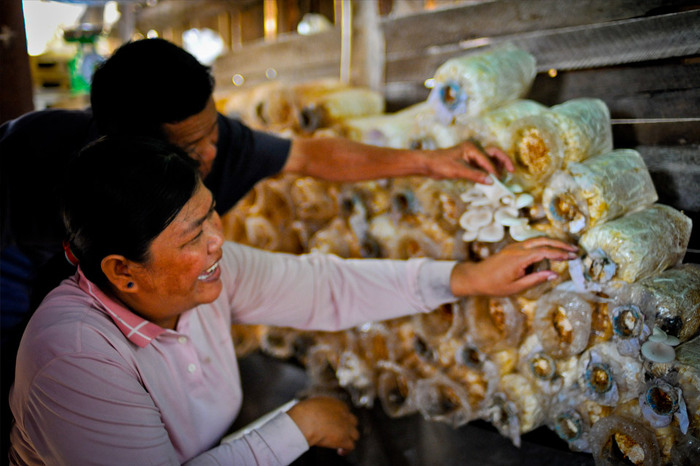
Mom Cheang with his wife Chean Mom borrowed from the microfund to establish a small mushroom growing business.
Source: http://www.adb.org/news/photo-essays/moving-better-lives-cambodia
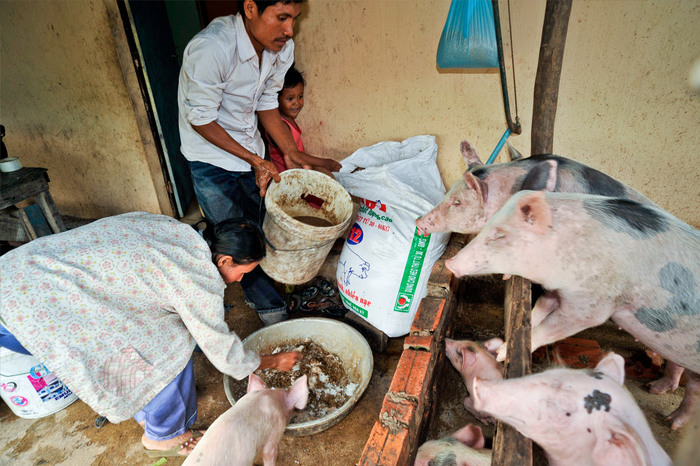
The residence at Sihanoukville relocation site are allowed to use vacant land to farm pigs and chickens to augment the family income.
Source: http://www.adb.org/news/photo-essays/moving-better-lives-cambodia
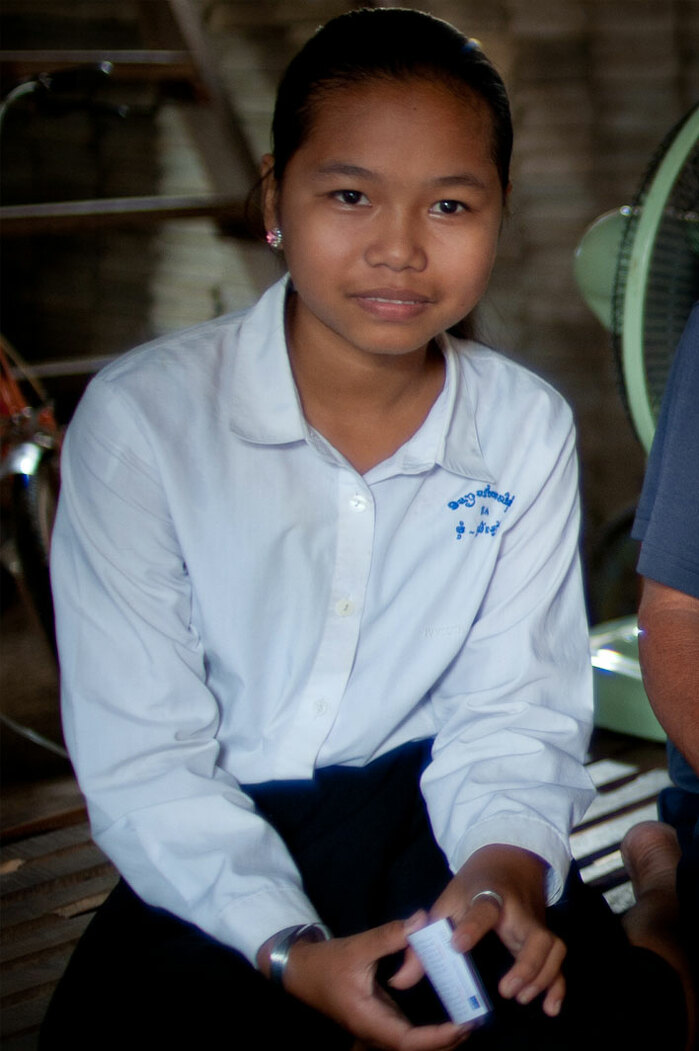
A happy 12-year-old girl relocated because of the railway project.
Source: http://www.adb.org/news/photo-essays/moving-better-lives-cambodia
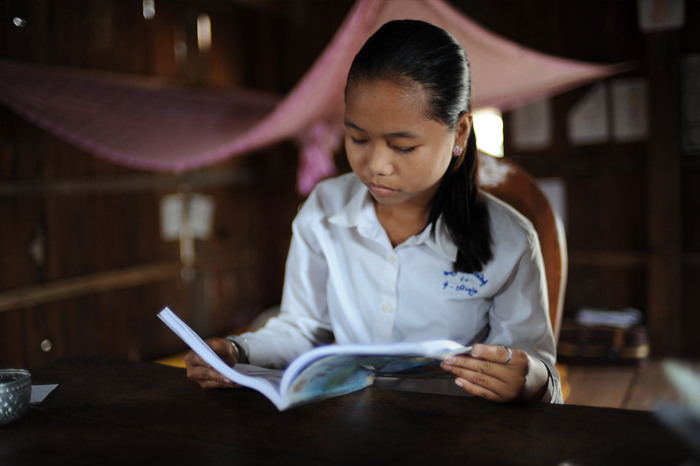
She says she hopes to become a doctor someday.
Source: http://www.adb.org/news/photo-essays/moving-better-lives-cambodia
- The railway captures 15% of container and 5% of dry bulk traffic between Thailand and Viet Nam in 2015.
- The railway captures 80% of the freight market for bulk products between the capital and Sihanoukville and Thailand in 2015.
- 90% of dangerous cargo (fuel, liquefied petroleum gas, chemicals) and at least half of all bulk cargo transports on national roads 3, 4 and 5 are diverted to rail in 2015.
- Resettlement Plans, including gender and vulnerable group strategies are in place and fully implemented.












